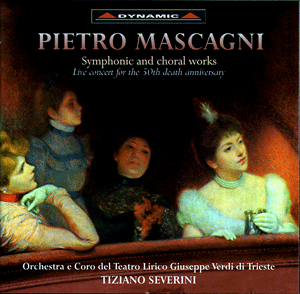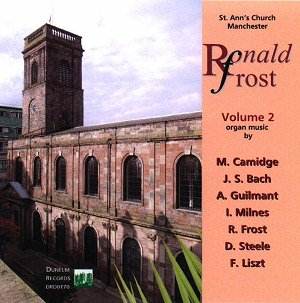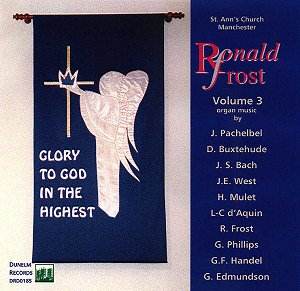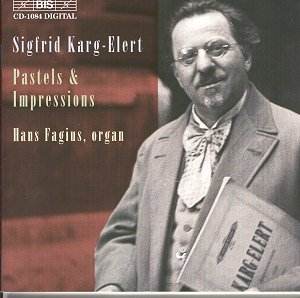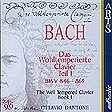 Composer: Johann Sebastian Bach
Composer: Johann Sebastian Bach
Works: Well-Tempered Clavier, Book I BWV 846-869; Well-Tempered Clavier, Book II BWV 870-893
Performers: Ottavio Dantone (harpsichord)
Recording: Rec: June 2000, Sala del Refettorio di S. Vitale, Ravenna, Italy
Label: ARTS MUSIC 47654-2 (Book I), 47657-2 (Book II)
Bach’s “Well-Tempered Clavier,” a cornerstone of keyboard literature, stands as a monumental testament to the polyphonic art of the late Baroque era. Composed between 1722 and 1742, this collection not only serves as an educational tool for keyboardists but also explores the vast emotional and technical range that the harpsichord can convey. Ottavio Dantone’s recent recording of these works offers a fresh perspective, marked by an energetic interpretation that showcases both the vibrancy of the music and the intricate capabilities of his instrument.
Dantone’s approach is characterized by a vigorous yet sensitive touch. One is immediately struck by the exuberance with which he navigates the complexities of the preludes and fugues. This is no mere academic exercise; instead, his performances breathe life into these well-trodden paths. The harpsichord, a replica of a Blanchet crafted by Olivier Fadini, possesses a rich, resonant quality that enhances Dantone’s interpretations. The recording excels in capturing the instrument’s tonal nuances, with a clarity that allows the listener to appreciate the interplay between voices—a hallmark of Bach’s contrapuntal mastery. The spatial quality of the recording, achieved through careful microphone placement, envelops the listener in a sonic environment that feels intimate yet expansive, allowing the music to resonate fully without overwhelming the listener.
Dantone’s choice of temperaments—Werckmeister III for Book I and Kirberger for Book II—adds an intriguing layer to his interpretation. While these distinctions might escape immediate notice, they subtly influence the character of the pieces. The performance of the E minor prelude in Book I, for instance, is marked by an exhilarating tempo that illuminates the dialogue between the arpeggiating bass and the playful treble voice. This clarity is particularly commendable; Dantone ensures that neither voice overshadows the other, creating a harmonious balance that is essential in Bach’s intricate textures. However, Dantone does take liberties, such as ornamenting the final notes of the first prelude with a trill, an audacious flourish that may provoke traditionalists yet also invites a re-examination of the interpretive possibilities within Bach’s framework.
His interpretation of the C-sharp major prelude in Book II stands as a highlight, where Dantone’s ornamentation feels both refreshing and organic. Here, he exhibits a remarkable ability to blend clarity with expressiveness, crafting phrases that dance with joy. The subsequent fugue, while structurally distinct, maintains a similar buoyancy, demonstrating Dantone’s skill in bridging differing emotional landscapes within the collection. In the F minor prelude of Book II, his approach echoes that of French harpsichordists, employing a détaché technique that accentuates the work’s lyrical quality without sacrificing rhythmic integrity.
Technical prowess is consistently evident throughout Dantone’s performance. His command over complex rhythms and counterpoint is particularly notable in the F minor fugue, where he elucidates the interwoven voices with remarkable precision. The energy he imparts to these works contrasts sharply with more didactic interpretations that can sometimes diminish the inherent joy of the music. Dantone’s interpretations revel in the playful yet profound spirit of Bach’s writing, revealing a depth that invites repeated listening.
This recording stands as a significant contribution to the existing discography of Bach’s “Well-Tempered Clavier,” placing Dantone among the ranks of esteemed harpsichordists who have tackled these enduring masterpieces. The combination of a splendid instrument, exemplary recording quality, and Dantone’s distinctive interpretive voice makes this set an essential addition for both enthusiasts of Bach and followers of the harpsichord repertoire. The lively engagement and thoughtful musicianship displayed throughout the performance not only honor the legacy of Bach but also promise to inspire future generations of musicians and listeners alike.
